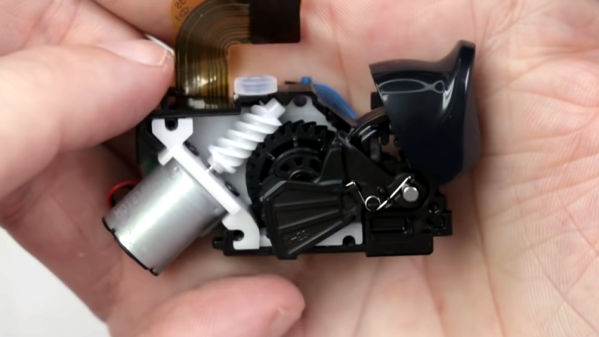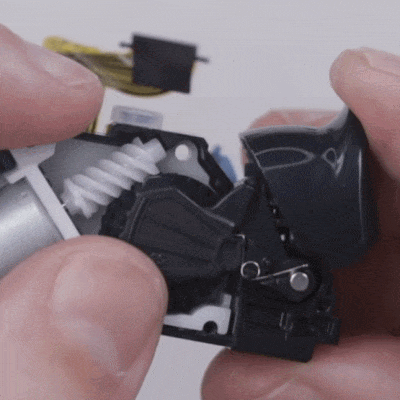Low Earth orbit was already relatively crowded when only the big players were launching satellites, but as access to space has gotten cheaper, more and more pieces of hardware have started whizzing around overhead. SpaceX alone has launched nearly 1,800 individual satellites as part of its Starlink network since 2019, and could loft as many as 40,000 more in the coming decades. They aren’t alone, either. While their ambitions might not be nearly as grand, companies such as Amazon and Samsung have announced plans to create satellite “mega-constellations” of their own in the near future.
At least on paper, there’s plenty of room for everyone. But what about when things go wrong? Should a satellite fail and become unresponsive, it’s no longer able to maneuver its way out of close calls with other objects in orbit. This is an especially troubling scenario as not everything in orbit around the Earth has the ability to move itself in the first place. Should two of these uncontrollable objects find themselves on a collision course, there’s nothing we can do on the ground but watch and hope for the best. The resulting hypervelocity impact can send shrapnel and debris flying for hundreds or even thousands of kilometers in all three dimensions, creating an extremely hazardous situation for other vehicles.
One way to mitigate the problem is to design satellites in such a way that they will quickly reenter the Earth’s atmosphere and burn up at the end of their mission. Ideally, the deorbit procedure could even activate automatically if the vehicle became unresponsive or suffered some serious malfunction. Naturally, to foster as wide adoption as possible, such a system would have to be cheap, lightweight, simple to integrate into arbitrary spacecraft designs, and as reliable as possible. A tall order, to be sure.
But perhaps not an impossible one. Boeing subsidiary Millennium Space Systems recently announced it had successfully deployed a promising deorbiting device developed by Tethers Unlimited. Known as the Terminator Tape, the compact unit is designed to rapidly slow down an orbiting satellite by increasing the amount of drag it experiences in the wispy upper atmosphere.
Continue reading “Pinning Tails On Satellites To Help Prevent Space Junk”




 The feedback for the trigger assembly is handled by a lever, a geared wheel, and a worm gear on an electric motor. Under normal circumstances, nothing interferes with the trigger at all and it works like a normal analog trigger. But when the motor moves the lever into place, trigger movement now has to overcome the added interference with a mechanical disadvantage. The amount of resistance felt can be increased a surprising amount by having the motor actively apply additional force to counter the trigger’s movement.
The feedback for the trigger assembly is handled by a lever, a geared wheel, and a worm gear on an electric motor. Under normal circumstances, nothing interferes with the trigger at all and it works like a normal analog trigger. But when the motor moves the lever into place, trigger movement now has to overcome the added interference with a mechanical disadvantage. The amount of resistance felt can be increased a surprising amount by having the motor actively apply additional force to counter the trigger’s movement.









